Are you finding natural ways to lower blood pressure? Give a try to aerobic and resistance training. Learn about the benefits of these exercises on health.
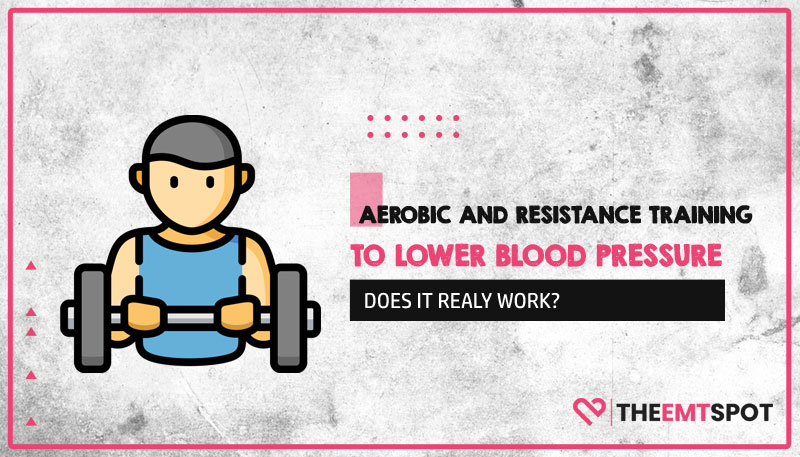
Quick Summary
- According to various studies, regular exercise can lower systolic blood pressure by an average of 4-9 mm Hg and diastolic blood pressure by an average of 3-5 mm Hg.
- Aerobic exercises, including running, cycling, and swimming, increase the heart rate, which strengthens the heart and improves blood flow throughout the body.
- Regular exercise can also decrease the risk of other health complications, such as heart disease and stroke.
Have you ever wondered if exercise can be an effective way to manage high blood pressure? It turns out that aerobic and resistance training may not only help you stay in shape, but they can also lower your blood pressure.
While medication is often prescribed to manage hypertension, researchers have shown that lifestyle changes such as exercise can also be effective in lowering blood pressure.
In this article, you can learn about how these types of exercises can help to reduce blood pressure effectively and why you should incorporate them into your daily routine.
Contents
How Does Exercise Affect Blood Pressure?
Exercise has been proven to have a significant impact on blood pressure and is often recommended as part of a healthy lifestyle for people with high blood pressure. Physical activity helps to strengthen the heart, allowing it to pump blood more efficiently and with less effort, which can lead to a decrease in blood pressure over time.
Additionally, exercise helps to improve blood vessel function, allowing them to dilate more easily and contract as needed to regulate blood pressure. Regular exercise can also lead to a reduction in body weight, which can further contribute to a decrease in blood pressure.
However, it’s important to note that exercise alone may not be enough to lower high blood pressure. Other lifestyle changes, such as a healthy diet and stress reduction, may also be necessary.
Do The Researchers Recommend Aerobic Exercises?
Several researchers suggest that exercises such as aerobic and resistance training, including activities like walking, running, cycling, or swimming, can be particularly effective in reducing high blood pressure.
In a study conducted by researchers, participants were grouped based on their blood pressure readings. Different forms of exercise were evaluated for their impact on blood pressure. The study found that for those with a blood pressure reading of at least 140/90, aerobic exercise was the most effective method for reducing blood pressure.
The reduction in blood pressure achieved through aerobic exercise was found to be comparable to, or even slightly more effective than, taking a single antihypertensive medication.
However, it’s worth noting that individual responses to exercise can vary, and it’s always recommended to consult a healthcare provider before starting a new exercise regimen.
Why is High Blood Pressure A “Silent Killer”?
High blood pressure, also called hypertension, is often known as the “silent killer” because it can cause serious health problems without showing any symptoms. This is particularly concerning because hypertension is a common condition affecting millions of people worldwide.
The reason hypertension is so dangerous is that it can cause damage to the arteries over time. The heart has to work harder than usual to pump blood through the damaged arteries, which accelerates the development of atherosclerosis.
In this condition, LDL (bad) cholesterol accumulates in the arteries and forms plaques. This increases the risk of heart attack as well as stroke.
Hypertension can also lead to other health problems like kidney disease, vision loss, heart failure, and sexual dysfunction. Because hypertension can develop without symptoms, it’s essential to monitor blood pressure and take steps to control it regularly, such as making lifestyle changes like eating a healthy diet and exercising regularly, and in some cases, taking medication.
How Much Exercise Is Enough For You?
The recommended amount of exercise for adults suffering from hypertension is at least 150 minutes of moderate aerobic activity or 75 minutes of high aerobic activity per week, or even a combination of both.
This translates to at least 30 minutes of moderate aerobic activity, including brisk walking or cycling, on most days of the week. If someone is new to exercise, it is recommended that they work slowly towards this goal and can start with three 10-minute sessions of moderate activity to achieve the same benefits as one 30-minute session.
Moreover, any activity that increases heart rate and breathing is considered aerobic exercise, including sports, cycling, jogging, swimming, and walking. Combining aerobic exercise with weight training is also recommended, as it has been shown to provide the most heart-healthy benefits.
However, it is essential to listen to one’s body and not overdo it, gradually increasing the intensity and duration of exercise over time. Consulting with your healthcare provider before starting any new exercise regimen is also important, particularly for individuals with pre-existing health conditions.
When To Check With Your Healthcare Provider?
There are certain circumstances in which it’s essential to check with a healthcare provider before starting an exercise program. These include:
- Chronic health conditions, including
- Diabetes, heart disease, or lung disease
- High cholesterol or high blood pressure
- History of heart attack or a family history of heart-related problems at a young age
- Chest pain or discomfort during activity,
- A habit of smoking
- Obesity or being overweight
- Not exercised regularly in the past.
It’s also important to check with a healthcare provider if you’re taking medications that affect your heart rate or the body’s response to exercise. In some cases, increasing physical activity can reduce the need for blood pressure medications, so it’s important to check with a healthcare provider before making any changes.
Conclusion
Regular physical activity, particularly aerobic and resistance training, has been proven to be an effective way to help lower blood pressure. Not only can it improve cardiovascular health, but it can also improve overall health and well-being.
However, it’s essential to keep in mind that regular exercise and healthy lifestyle choices are essential for maintaining good health. Working with a healthcare provider to develop an individualised exercise plan can be a helpful step in managing high blood pressure and maintaining a healthy lifestyle.

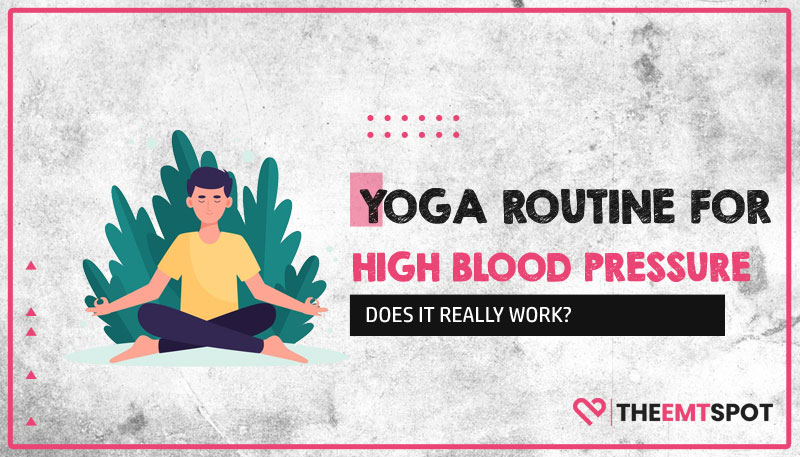
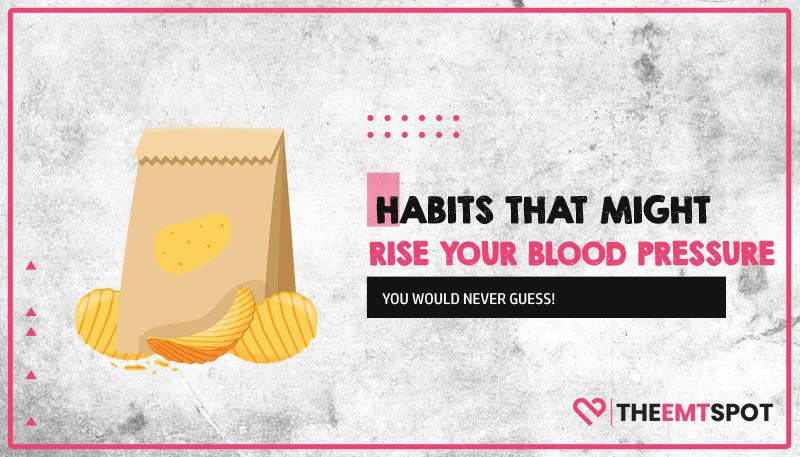
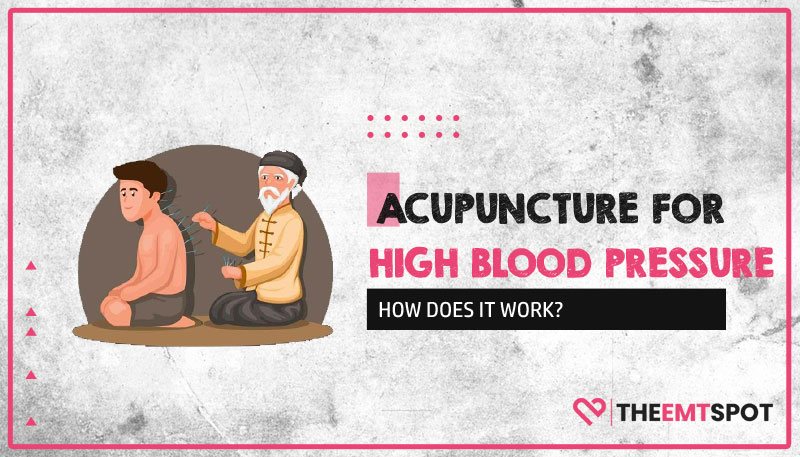
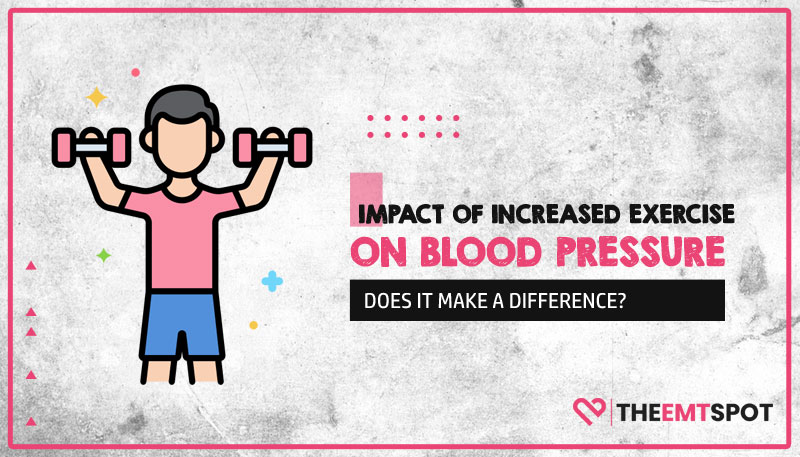
 Robin Backlund is a dedicated journalist and a medical student who has written several articles and essays exposing the falseness and hollowness of online resources in the medical science niche.
Robin Backlund is a dedicated journalist and a medical student who has written several articles and essays exposing the falseness and hollowness of online resources in the medical science niche.